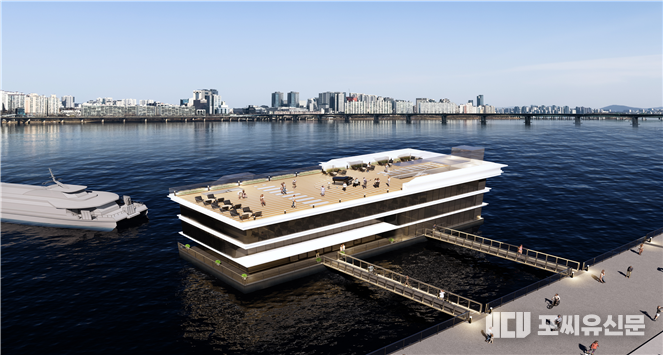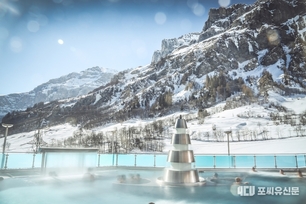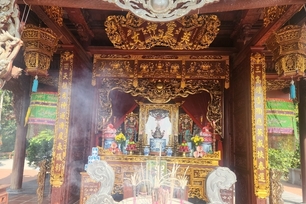

With the launch of the environmentally friendly Han River Bus, Seoul has made a significant advancement in sustainable public transportation. Vessels 101 and 102, which arrived close to Yeouido on the 27th, symbolize more than just a new kind of transportation; they also mark a fundamental change in Seoul's public transportation system. This project intends to give residents a new commute experience while possibly reducing traffic congestion by incorporating rivers into the city's current roadcentric infrastructure.
Han River Bus: An Advancement in Sustainable Technology
The Han River Bus is notable for taking environmental concerns very seriously. Because the vessels are made of aluminum alloy, they are lighter and use less fuel. They also have hybrid propulsion systems, which save CO2 emissions by about 52% when compared to traditional boats that run on diesel. This demonstrates Seoul's dedication to sustainable urban mobility and is consistent with its goal of being a carbon-neutral city.
Additionally, these boats are more sustainable because they are constructed from recyclable materials as opposed to traditional fiber-reinforced plastic (FRP) boats. The Han River Bus is more than simply a mode of transportation; it is a move toward a more environmentally friendly future as a transportation system created to live in harmony with the ecosystem of the Han River.
Safety and Service Quality: Important Obstacles to Face
Seoul will carry out comprehensive pilot operations to guarantee safety before to the start of formal operations in early March. Docking facilities, embarkation and disembarkation protocols, navigation routes, and traffic control systems will all be inspected during the trials. There are still operational concerns because of weather and water currents even if the Han River does not see large tidal fluctuations. Navigation instruction will be held as a precaution to guarantee safe passage beneath the route's seventeen bridges. To improve safety procedures, captains and engineers will also receive extensive training, and emergency response systems will be reinforced.
Will Waterborne Public Transportation Be Successful in the Future?
In addition to offering a different way to get about, the Han River Bus is a symbol of Seoul's larger initiatives to diversify its public transit network. Accessibility has been improved by integrating bicycle rental stations and bus connections along the riverbanks, while seamless connections with the city's transportation network will be facilitated through the application of integrated transfer discounts and Seoul’s Climate Companion Card.
Despite these advantages, waterborne transport presents challenges compared to road and subway networks. Limited accessibility to docks, a potentially restricted user base concentrated in riverside areas, and the 15-minute interval between departures during peak hours all raise questions about the service’s viability. Continuous monitoring will be necessary to evaluate whether the system meets actual commuter demand.
Bicycle rental stations and bus links along the riverbanks have enhanced accessibility, and Seoul's Climate Companion Card and integrated transfer savings will make it easier to connect seamlessly with the city's transit system.
In contrast to road and subway networks, aquatic transportation has drawbacks despite these benefits. The service's feasibility is called into doubt by the 15-minute wait time between departures during peak hours, the restricted accessibility to docks, and the perhaps small user base concentrated in riverbank locations. The system's ability to meet commuter demand will need to be continuously monitored.
Han River Bus: A New Era in Transportation in Seoul?
It is anticipated that the Han River Bus will provide Seoul locals with a cutting-edge and environmentally friendly mode of transportation. However, maintaining safety and improving user convenience will be essential to achieving its dual objectives of encouraging environmentally friendly transit and lowering urban congestion.
Seoul is exercising caution in light of the magnitude of this innovative aquatic transit project. The city wants to maintain the river's natural beauty while allowing the Han River Bus to blend in perfectly with the cityscape. All eyes will be on whether this big project can establish a long-lasting position in Seoul's transportation future as operations progress. On the Han River, the era of environmentally friendly transportation is only getting started.




















